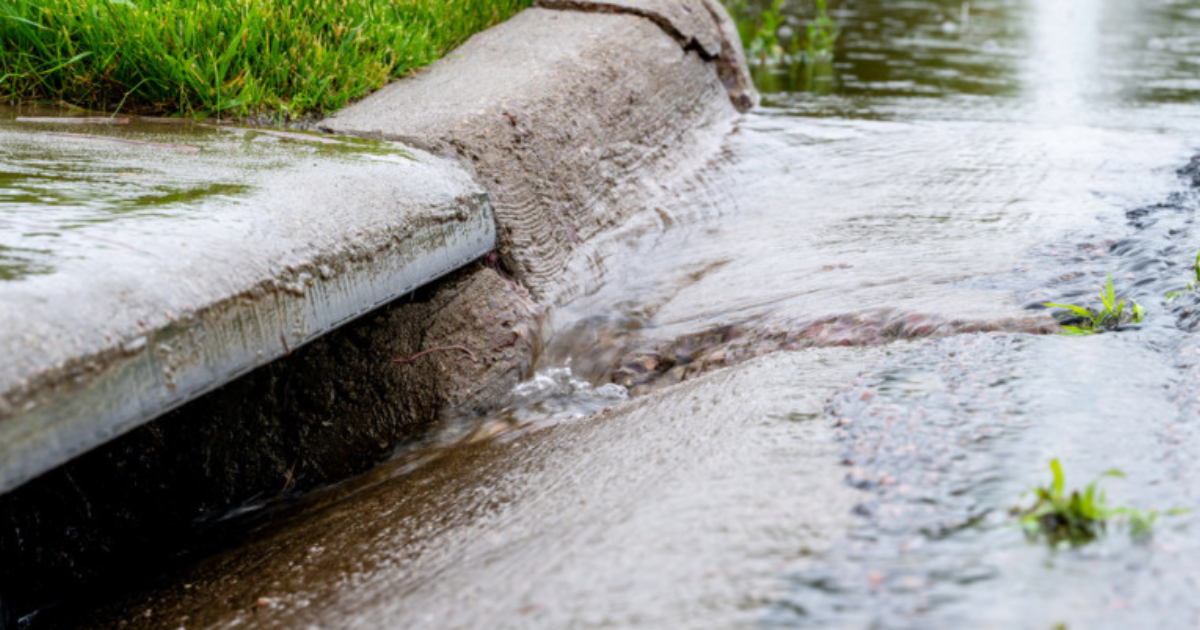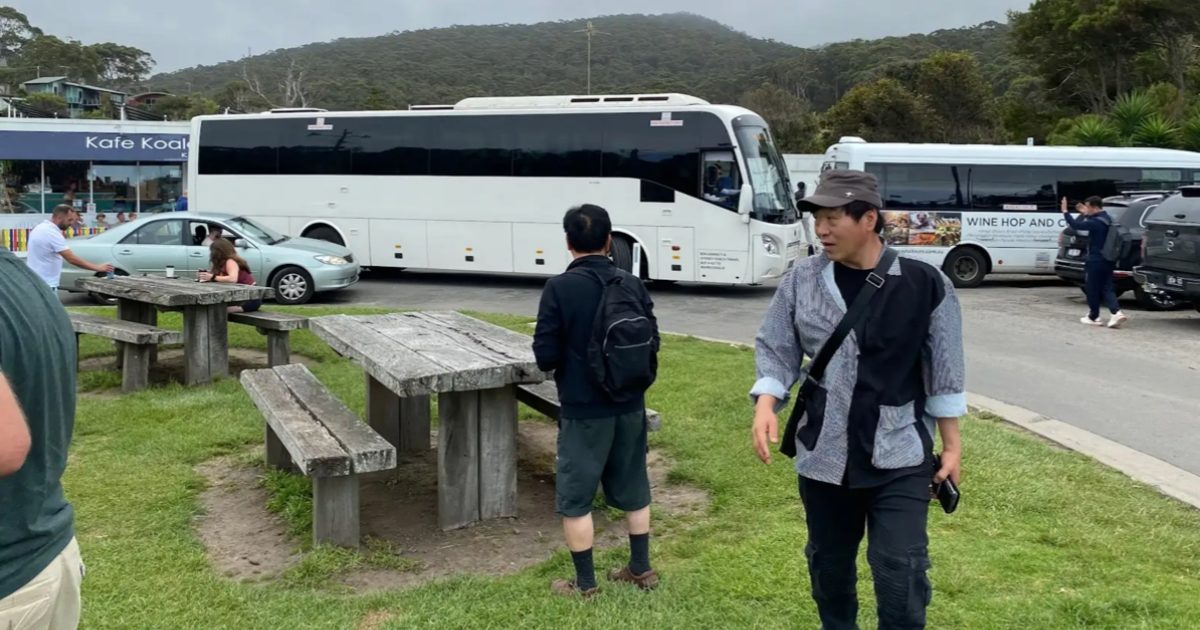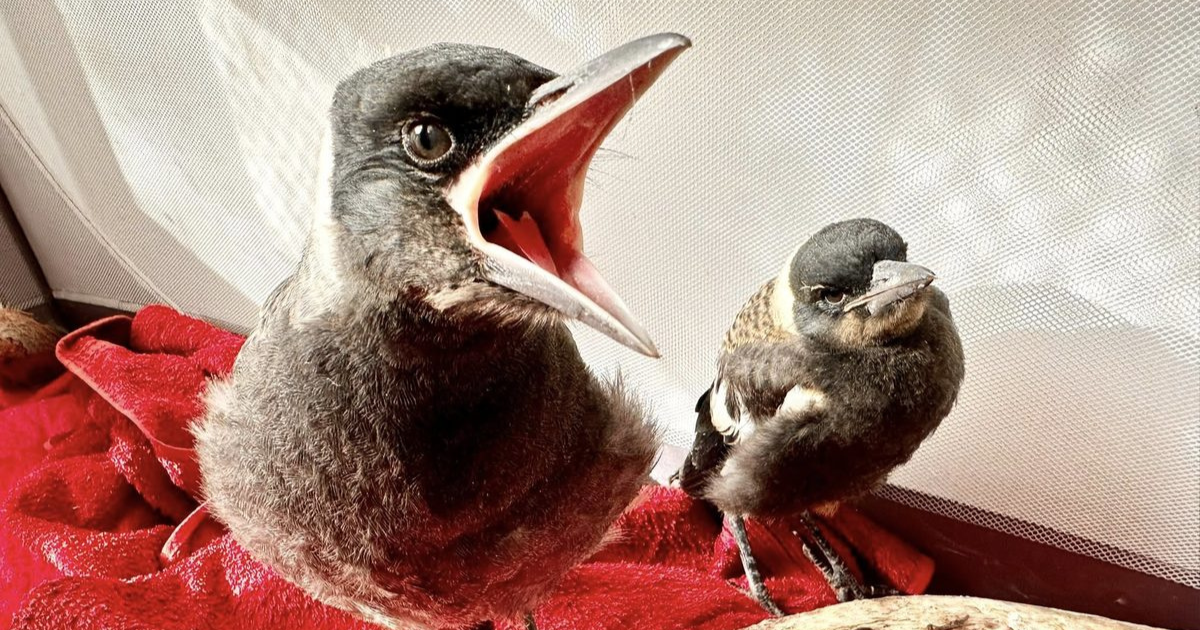Surfing named largest growing sport
THE Australian Sports Commission (ASC) has estimated there’s nearly 200,000 more surfers at the nation’s beaches than before the pandemic, and the majority are women.
Motivated to take exercise outdoors and further influenced by the sports inclusion at the Tokyo Olympic games, the ASC’s latest annual snapshot of how Australians participate in sport and physical activity shows surfing ranked third behind basketball and fitness/gym for increased participants between 2019 and 2021.
Surfing Victoria CEO Adam Robertson said the study backed up increased wetsuit sales numbers and confirms what many surfers have been saying for years about more numbers of people in the water.
“In all line ups, not just your typical towns but all coastal communities… we’re seeing a growth in surfing that is similar to the surfing boom that came through the 1980s,” he said.
He agreed that COVID has bolstered participation in the sport, given the heavy emphasis of health advice to maintain physical distancing from others and where possible do it outside.
“It fit the bill in terms of exercising and being socially distanced from others, and not being an organised sport.
“When we were under COVID restrictions it was clear that surfing was growing, especially for Victorian coastal communities.”
Surfing’s maiden inclusion in the Olympics was another pull factor, Mr Robertson said, citing data that suggests sports grow by around 25 per cent when they’re included in the games.
But he believes other factors are boosting participation numbers such as the growth of the World Surfing League (WSL), and that as the sport ages more generations of families are finding their way in.
“Surfing is more a family sport than what it has been before… now there’s whole families at the beach.”
It’s also becoming a more gender balanced sport, as revealed by the ASC’s data showing that of the 196,000 people who took up surfing in the last few years, 118,000 were women and 78,000 men.
“I think the growth in women’s surfing is off the back of leaders in the sport, leaders in the community… it’s a combination of family, friends, support networks, surf schools and organisations, WSL and those role model surfers fronting up and promoting equality in the line-up,” Mr Robertson said.
“It’s fantastic, surfing is for everyone, no matter what age, race or gender you are.”
While acknowledging that newcomers have not always been welcomed with open arms, the Surfing Victoria CEO suggests many are here to stay.
“You can’t argue with why people want to surf… people will continue to surf because they’ve seen the benefits it can have in their day-to-day lifestyle, and because of those benefits they’ll continue to chase the surf.”


















